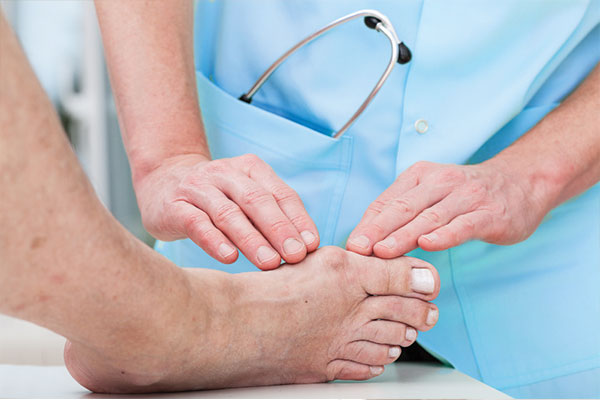Feet often reveal clues about our overall health. Podiatry and vascular diseases are closely linked. Poor blood flow can lead to foot problems. AZ Choice Foot and Ankle emphasizes this connection. Understanding this link helps in prevention and treatment. Taking care of feet isn’t just about comfort—it’s about health. Let’s explore how podiatry and vascular health work together.
The Link Between Podiatry and Vascular Health
Our feet need good blood flow to stay healthy. Blood brings oxygen and nutrients, keeping tissues alive and healthy. When circulation is poor, issues arise. Common problems include swelling, pain, and even ulcers. These issues are not just minor annoyances. They can lead to serious complications if ignored.
Recognizing Symptoms
Identifying symptoms early is key. Here are three common signs of vascular problems in the feet:
- Cold feet or legs
- Numbness or weakness
- Open sores or wounds that heal slowly
If any of these symptoms appear, consulting a healthcare provider is important. Early intervention can prevent complications.
How Podiatrists Diagnose Vascular Issues
Podiatrists play a crucial role in diagnosing vascular diseases. They perform tests to assess blood flow and the health of blood vessels. Two common tests include:
- Ankle-Brachial Index (ABI) – compares blood pressure in the ankle with blood pressure in the arm.
- Ultrasound – uses sound waves to visualize blood flow in the vessels.
These tests are non-invasive and provide valuable information. Early diagnosis can lead to better outcomes.

Comparing Vascular Diseases and Foot Health Problems
| Vascular Disease | Foot Health Problem |
| Peripheral Artery Disease (PAD) | Ulcers, cold feet |
| Deep Vein Thrombosis (DVT) | Swelling, pain |
| Diabetes-related Complications | Neuropathy, slow-healing wounds |
Recognizing these links aids in targeted treatment. It also highlights the importance of regular foot check-ups.
Preventative Measures
Prevention is always better than cure. Here are three simple steps to maintain foot health:
- Regular exercise – improves circulation and strengthens muscles.
- Healthy diet – supports vascular health and reduces the risk of diabetes.
- Frequent foot inspections – catch problems early by checking feet regularly.
These steps are easy to implement and can greatly reduce the risk of complications.
When to Seek Help
Not all foot problems are emergencies, but some need immediate attention. Seek help if there is sudden pain, severe swelling, or an open wound that is not healing. Getting medical advice promptly can prevent further issues.
The Role of Healthcare Providers
Healthcare providers, including podiatrists, are partners in maintaining foot health. Regular check-ups can identify problems early. They can offer advice and treatment options tailored to individual needs.
For more information on foot health and vascular diseases, visit the National Heart, Lung, and Blood Institute or the Centers for Disease Control and Prevention. These resources offer guidance and support for those seeking to learn more.
Conclusion
Podiatry and vascular diseases are connected in many ways. Understanding this link is crucial for prevention and effective treatment. Regular check-ups, a healthy lifestyle, and early intervention can ensure feet remain healthy and pain-free. Prioritizing foot health is a step toward overall well-being.




